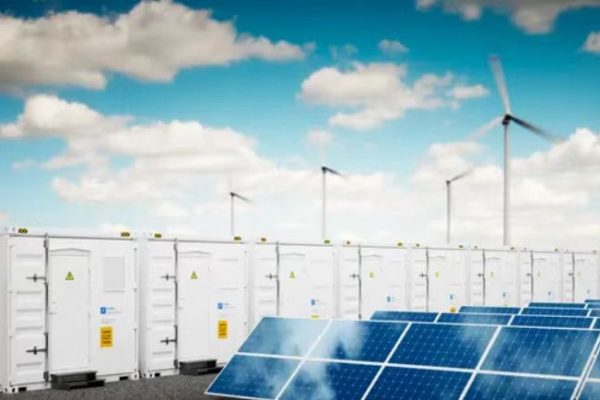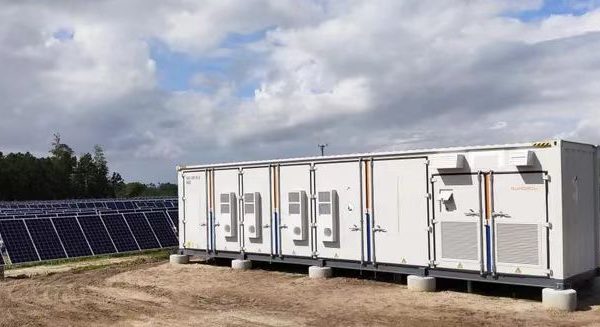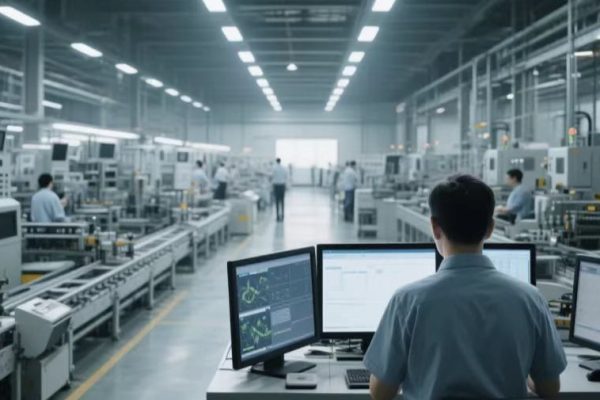Why 10–100kWh Systems Are No Longer Just for Backup
In the past, small-scale battery systems were often seen as simple backup tools for homes or farms. Today, however, even a 10kWh or 50kWh system can do much more — support the grid, smooth local demand, and enhance energy resilience in ways previously only possible with large infrastructure.
Let’s explore how small energy storage systems are becoming essential in shaping more resilient, flexible, and efficient power networks — especially for rural, commercial, or small industrial users.
What Is “Energy Resilience” in the Storage Context?
Energy resilience means your power system can stay online or recover quickly during disturbances, such as:
- Grid blackouts
- Load surges
- Renewable output fluctuations
- Local transformer failures
Traditionally, only hospitals or large facilities invested in resilient energy setups. Today, with hybrid inverters and modular lithium storage becoming more accessible, even a guesthouse, small office, or rural factory can gain a higher level of energy independence.
The Expanding Role of Small-Scale Storage
Here’s what small storage (typically 10kWh–100kWh) can now do beyond just backup:
| Function | Real-world Impact |
|---|---|
| Load shifting | Use solar/storage to avoid peak grid prices |
| Backup power | Keep critical loads running during grid outages |
| Frequency support (on-grid) | Inverter responds to small voltage/frequency fluctuations |
| Voltage smoothing (local) | Helps reduce grid instability in weak or rural grids |
| Solar self-consumption | Store excess PV for use at night, reducing grid reliance |
| Grid deferral | Reduce transformer or feeder stress in microgrid settings |
These functions aren’t just beneficial for users — they help the grid too, especially in areas where infrastructure is aging or overextended.
Who Benefits from Small Resilient Storage?
Let’s look at common use cases where resilient storage changes the game:
🏘️ Homes with unreliable grids
Even a basic 5–10kWh battery + hybrid inverter can provide seamless switchover during brownouts. Combined with solar, it gives peace of mind and better appliance lifespan.
🏨 Guesthouses & tourism sites
Off-grid or weak-grid locations can maintain comfort and operations with a 15–30kWh system — and avoid diesel noise or fuel delivery risks.
🏭 Small factories or farms
Storage smooths load surges from motors or cold-chain equipment and provides runtime for critical processes when the grid goes down.
🏬 Commercial shops or offices
Avoid peak hour tariffs or use storage as a bridge during short outages, without disrupting operations or POS systems.
Key Features That Enable Grid Support at Small Scale
Modern small-scale systems benefit from advances that were once only in utility storage:
- Smart inverters
Many small hybrid inverters now offer frequency-watt and volt-VAr functions, making them grid-interactive. - Modular battery systems
Lithium battery cabinets (48V or HV) now come in 5–20kWh modules, with BMS and EMS built-in. - Integrated EMS
Entry-level EMS software can now coordinate PV generation, battery charge/discharge, and even grid export based on time-of-use tariffs. - Remote monitoring
Cloud-based dashboards allow technicians to monitor SoC, fault codes, or response events from anywhere.
Small Storage = Big Impact in Rural Grids
In rural areas, where power infrastructure may be fragile, small ESS systems help:
- Reduce stress on underpowered feeders or transformers
- Allow staggered solar injection to avoid local overvoltage
- Act as “virtual peaking” resources for microgrids
- Support schools, clinics, and telecom towers in unstable zones
📌 Example:
A rural telecom operator installs a 30kWh battery at each tower site with solar. This enables 24/7 uptime without diesel and reduces grid disturbance during peak hours — improving network stability and community power availability.
What Makes a Good Small Resilience System?
To truly deliver resilience and grid support, your system needs:
| Factor | Design Choice |
|---|---|
| Inverter capability | Select a hybrid or off-grid inverter with fast switchover |
| Battery chemistry | Use LFP for safety, cycle life, and thermal tolerance |
| Control strategy | Time-of-use, SoC reserve, or outage-priority settings |
| Remote visibility | Wi-Fi/RS485 + cloud dashboard for real-time monitoring |
| Maintenance access | Modular, field-replaceable battery units preferred |
| Surge capacity | Inverter with 2–3x surge power to handle motor loads |
Challenges to Watch Out For
Small systems are powerful, but design flaws can limit effectiveness:
- Undersized batteries for actual load profiles
- No critical load panel, so resilience isn’t targeted
- Grid export conflicts with utility rules
- No planning for battery reserve, leaving system “empty” during blackout
- Poor communication between inverter and battery (CAN vs. RS485 issues)
📌 Solution: Choose compatible components from the start, and simulate your load/usage pattern in advance.
Selling Storage as Resilience + Grid Value
As a distributor or technical partner, you don’t just sell boxes — you offer a system that solves a local energy problem.
When discussing small-scale systems with your client:
- Frame it not as “backup” but as smart power control
- Emphasize self-consumption and reliability, not just “green energy”
- Show how even small systems can support the broader energy ecosystem
- Offer visibility tools so the client can see ROI and performance
Conclusion: Resilience Is No Longer Optional
In a world of rising electricity volatility, digital work, and renewable targets, energy resilience matters for everyone — not just hospitals or utilities.
Even a 10kWh system in the right location can:
- Keep food cold during blackouts
- Support children’s education in rural schools
- Prevent diesel waste in telecom infrastructure
- Offer peace of mind for families and business owners
As inverters get smarter and batteries more modular, small storage systems will play a large role in the new distributed energy landscape.









